Wondering what to eat in Penang? The list of Penang food is endless. On our visit to Penang, we tasted the best of Penang’s cuisine at some of the best places to eat in Penang.
Penang, Malaysia
i.
The moment we step off the ferry, the heat smacks us hard. Within minutes, our bodies wither like temperate plants forgotten on a tropical balcony at mid-noon. Hungry and exhausted,– the last thing we put into our mouths were egg tarts, chicken floss and salted egg puffs, kaya toasts, and kopi at a kopitiam in Ipoh several hours ago—we make our way, past murals and shuttered shop fronts shimmering in the heat, towards Armenian Street. The plan is to ditch our bags in our room at the Armenian House, splash some ice-cold water on our faces, drink some ice-cold water, then get straight to the business of eating. To taste the famous food of Penang. First stop: Tiger Char Koay Teow before it closes for customers at 2:00 pm. More heat, more humidity, the start of three days of ooh-ing and aah-ing at shophouses, and we are guzzling iced kopi like maniacs while a plate of that ubiquitous, delicious fried noodle dish is being made to order. No meat, no lard for the girl. Everything and some more for the boy.
Char Koay Teow: The Teochew dish is synonymous with the gastronomic identity of Penang. Stir-fried flat rice noodles tossed with sesame oil and pork lard in a searing hot wok with fish cakes, duck eggs, Chinese sausages called lap cheong, prawns, blood cockles, and bean sprouts. The oil is so hot it chars the ingredients to a delightful crisp. Add a bit of salty soy sauce and a lot of chilli paste and you have a plate of savoury decadence that you will crave for the rest of your life. It tops our list of Penang food.
Tiger Char Koay Teow has an old-world charm: diner-style seating, marble-topped tables, mosaic tiles on the floor, calendars and calligraphy on the walls, patrons smoking away unbothered, the fragrance of simmering broths that is the hallmark of good Penang food, Milo mugs…it’s the kind of place we seek all over the globe, the kind of place we have spent many an evening eating in Kolkata. On a whim, I order a half-boiled egg. It comes in a teacup, an almost raw egg. A pale-yellow elixir. I drink it straight up, my tongue lapping up any dreg of creaminess, while she gapes at me with an expression that is a mix of did-it-taste-good and did-you-really-drink-a-raw-egg.
“Covering a full spectrum of cuisine from Portuguese, Arab and Indian to Chinese, Thai and Indonesian, Malaysian food is a fascinating journey of all that is ‘truly Asia’ in one nation.”
Norman Musa
ii.
After the mandatory tropical siesta and a funicular ride to the top of Penang Hill to catch the sunset and back, we quietly linger in Chulia Street, the sadness of having to skip a stop at the Air Itam market to try the famous Air Itam Laksa still very much alive. We settle down on stools at the last stall in the line of hawker stalls and order chicken satay. The seller tells us, somewhat fiercely, that we must order at least 10 skewers. Of course, we say, and pay an RM for each and settle down with satay, a dip of peanut sauce, chilli padi, and the most refreshing orange juice ever that we order from a neighbouring stall. And, thus, starts our night, and every night that we will spend in this city of feeders and eaters. The satays are always followed by more Wantan Mee, more noodles, more nasi goreng, and all the best Penang food. That’s the thing with eating street food in Penang or anywhere in Southeast Asia: the best variant of any dish is the one that you have a mouthful of. These vendors have been making the same dish for decades, having learnt it from their parents and grandparents, who in turn learnt it from their parents and grandparents, and so on. The craft, having been honed over generations, has reached a point that surpasses perfection. There’s no set recipe, there is nothing “authentic” in the way that most of us understand the word; every dish has evolved into a unique variation of itself over decades, the preparation unique to each dynasty, the cook’s secret a secret that runs in the family. We sit on wobbly stalls across fellow hungry folks with whom we share no language and eat and we eat, slurping and chewing noisily, happily, without care.

iii.
Malaysia’s multi-cultural fabric is what makes it unique. While Penang is not as cosmopolitan as Kuala Lumpur where you will find anything from Hokkien to Malay to Mamak to Bangladeshi to Indian to Middle Eastern to European at every street corner, it is still very much a gastronomic melting pot. We sit down next to a trio of giggling teenagers and order a serving of falafel and a chilled beer. The vegetarian and vegan eatery, cramped and spilling out into the street like every eatery down the street, is adorned with marijuana-themed pop art. Reggae music blasts from speakers and we yell at each other to be heard. It is busy, very very busy. The servers with their chiselled faces and slick black hair are handsome to the point of being distracting. They rush to the kitchen and back with plates loaded with hummus silky with olive oil, cool cucumber and tomato salads, pitas and other bread, tzatziki and yoghurt dip laced with mint, and fragrant, delicately spiced crispy-on-the-outside-custardy-on-the-inside falafels. It’s late, the beer bottles threatening to blow our daily budget, and Chulia Street and Love Lane are no short of an outdoor party.
Next evening, a few doors away from the vegetarian/vegan falafel place, we wheel away hours and empty bottles of chilled Guinness and Asahi at the Hong Kong Bar. The place is choc-a-bloc with WWII memorabilia and photographs of Australian soldiers who used to frequent the place. We meet Jenny, who owns the bar with her husband, and share stories in a mix of Mandarin and English. Jenny, whose parents immigrated from China to the Straits. Jenny who has never visited China, is not too keen on visiting China. Jenny who loves Malaysia and says, “This is my country!” A sentiment shared by second-generation immigrants around the country who struggle their entire lives to be accepted by their adopted nation. She asks about our trip, and we share our itinerary, and tell her what we enjoyed doing the best: eat. We have come to Malaysia to eat, to try all the best things to eat in Malaysia. Her eyes light up as we rattle the dishes we have tried: char koay teow, asam laksa, koay chap, Hokkien mee, chee cheong fun, nasi lemak… and she recommends the char koay teow stall next door for a super spicy version of the dish. She is surprised to know that we are Indians. Indians feasting on the local street fare isn’t all too common in these parts, we realize. “They look down upon our food, Penang food. They don’t like it and that’s okay but it’s not okay to be disrespectful,” Jenny says with a whiff of disappointment as she turns her head slowly from side to side. But suddenly her eyes light up and she asks, “Which food you like best?”



iv.
The motto is to always have a hearty breakfast and when you are eating in Penang, your choices are endless. We are reminded of our breakfasts in Ipoh. One morning, it’s Koay Teow Th’ng: a comforting bowl of colourless broth swimming with spongy eel-fish balls and garnished with fried garlic. On another, it’s a huge bowl of spicy Curry Mee, a very popular Penang food, with noodles and pork balls, bean curd, and fried tofu skins. Then it is a warming bowl of the asam laksa: fat rice noodles in a mackerel broth flavoured with shrimp paste and tamarind and garnished with shallots, bird’s eye chilli, ginger flower, pineapple slices, and Vietnamese coriander. Asam Laksa is a must-try dish in Penang! Once it was a Hokkien-style mee noodle soup whose name I do not know having just pointed at it from a menu with pictures and which arrived in a red plastic bowl with fried bean curd sheets, half a hard-boiled egg, pork rinds and offal, and fried prawns that tasted of a lip-smacking mystery marinade. Then one morning, it was a bowl of medicinal bone broth called bak kuh teh, And there was the morning of the duck koay chap, when post-breakfast, I stumbled out onto Carnarvon Street in a state of food coma. Delirious and ecstatic. Duck Koay Chap: Take a beautiful porcelain bowl and fill it with cubes of duck blood, crispy duck skin, tender and juicy duck meat, and juliennes of duck offal. Then add some noodles. Then ladle some blistery hot fennel and anise-flavoured broth on top of it all. And finally, add half a duck egg, the yolk a tad runny. Unforeseen bliss and a must-try dish in Penang.
Later we wander the streets of George Town, indifferent to the heat, stopping at juice stalls and kopitiams for that heavenly iced coffee, then return to our room sometime before midday, soaked in sweat, and drift off into a long, long sleep.



v.
Thanks to the bountiful Strait of Malacca, there is no dearth of seafood in Penang. Squids, crabs, prawns, octopus, mussels, oysters, blood cockles, and, of course, a variety of fish are essential to Penang’s gastronomy. Some of the earliest settlers on this island were fisherfolk of Chinese descent who lived in wooden houses built on stilts on the eastern coast. The clan jetties, as they are called, are still home to families descended from the original settlers. We arrive at a jetty one evening, exhausted from walking through the sweltering city and marvelling at its tiled sidewalks and its gorgeous doors to see houses with placards saying “No photography” and “This is a private home” and crowds of selfie-clicking tourists swarming up and down the rickety wooden structure. We perch ourselves at the edge of the jetty, breathe in the salt of the strait, and listen to the water quietly lapping at the fishing boats moored on the side.
That morning at the Chowrasta Market, George Town’s busiest and most colourful market, after feasting on dumplings and baos, we had lingered in the aisles happily looking at the fresh produce: bunches of herbs like cilantro and mint, bright red bird’s eye chilli, piles of cabbage and pak choi and bok choi and greens I do not know the names of, lemongrass stalks, tomatoes and oranges and pears and plantain, dried shrimp, preserved fruits and vegetables, hunks of meat, and vats full of glistening pomme de mer. Fruits of the sea. All the ingredients that go into cooking the best of Penang’s food. Outside the market, there were carts selling curries that looked and smelled divine and reminded us of the food stall we are at in Cameron Highlands, locals slurping from bowls of fragrant white coconut milk curry mee, cendol sellers with bowls full of coconut milk, red beans, and slippery green pandan noodles topped with shaved ice, and a cart dishing out a rare Penang food speciality named chee cheong chok (rice porridge with pig intestines) to customers. If you want to try the best things to eat in Penang, visit Chowrasta Market.



vi.
If you asked why I like street food so much, I’d say because it’s democratic and unpretentious. No fancy ingredients, no fancy technique, no fancy presentation. Food that has been integral to regional gastronomy for generations continues to be cooked and served the same way. The seating is the same for everyone. The service is the same for everyone. At a hawker stall, social divides are non-existent. But the real reason: it is so damn delicious. Slurping too loudly? Who cares! Adding too many condiments into your bowl? Who cares! Devouring too many skewers at the lok lok stall? Well, who cares! I load a plate with octopus, fish balls, pork sausages, and anything that catches my fancy and get it all deep-fried at a Lor Bak stall and we sit on a staircase behind a stall and eat while the vendor deftly tosses noodles on a gigantic wok. This is truly one of the best food experiences in Penang. We watch engrossed as if watching a performance in a theatre: the deft movement of his wrists as he sends the noodles and meat flying into the air from the wok, then back into it; the precise chop chop chop of pork and greens; a row of just blanched pak choi on the work station; soy sauce escaping its plastic bottle in an unbroken stream; the wok hissing as the ingredients hit it; the fragrant steam enveloping the cart…



vii.
But sometimes, and by sometimes we mean if we can’t resist or are very very hungry or seeking something special, we do eat at non-street-food joints. For example: when the music gets too loud, and Love Lane begins to suffocate with tourists we make our way to The Brick Café, a café cum event space where you can enjoy live local bands, to polish off plates of greasy Mee Goreng loaded with vegetables and chocolate pancakes with topped with chocolate ice cream made with love by Lisa and Remy. At Yeap Noodles, we gorged on a plate of thick-cut noodles doused in black pepper sauce with a motherload of shredded chicken: Some of the best food in Penang! And while we are debating whether or not to lick that green plate clean after the noodles are all gone, a few tables away a server, a middle-aged Malay-Chinese woman, is trying to tell a Western couple the price of the food in English. She struggles for a few minutes, the couple trying their best to help, then suddenly exclaims, “twelve” and hops with joy. She looks around and smiles shyly; we smile back and nod, then return to our black pepper sauce and resume devouring. Slaves to our tongues. Then one afternoon, having made a list of books we wanted to buy at a bookstore, we found ourselves lingering outside China House, unable to leave. We give in and inside, there is this display case full of decadent pastries and luscious sweet treats and before we know it, we have blown the day’s food budget on a lamington, a pecan tart, and a Vietnamese coffee tart topped with ice cream. And black coffee. Was it worth it? Every cent. It felt like giving in to a life of unforgivable sin with each bite, forever tainted with pleasure but just like our motto when it comes to food, who cares! Unless it’s almonds that suck the land dry. Almonds, I don’t eat them. And neither do I gobble up ilish in the breeding season.




viii.
Penang’s food, its cuisine is unique. Decades of migration, cultural intermixing, and culinary curiosity have birthed and nourished the food here. On our 2 weeks trip to Malaysia, we explored the best of Malaysian food. You have Malay and Chinese food, then you have the Perakanan or Nyonya cuisine that blends Chinese ingredients with Malay techniques. Enter dishes like Asam Laksa, Beef Rendang, and Otak otak: some unique Penang food dishes. Peranakan dishes are delicate and fragrant and use fresh herbs and ingredients like lemongrass, galangal, tamarind, pandan leaves, torch ginger bud, jicama, kaffir lime leaf, and coconut milk and the most popular, the most loved in the repertoire of Nyonya cuisine is the Nyonya Kuih, Nyonya-style sweets best tried at Moh Teng Pheow Nyonya Koay and Canteen where, besides gorging all too many kuihs (some red, some green, some steamed in pandan leaves, some pressed in moulds with traditional motifs, some simply flavoured glutinous rice rolled in coconut shavings, some stuffed with sweet bean paste and palm sugar…), you can also order home-cooked Nyonya classics like Pulut Tai Tai (blue glutinous rice with kaya), Ayam Pongteh (stewed chicken), and Rempeh Udang. Then there’s the Jawi Peranakan cuisine—we didn’t have the good fortune to try the dishes at the Jawi House— that combines Malay Muslim fare with Middle Eastern influences. All around Malaysia, and also in Penang, there are Mamak Muslim eateries (the highly recommended Hameediyah Restaurant is on our list of places to eat next time) and dishes inspired by South Indian cuisine. Banana leaf meals with rice, Indian-style curries, dahls, and fries are popular with locals and tourists alike. We spotted stalls selling Indian sweets like jalebis too! Even one of Malaysia’s most popular dishes, the Nasi Kandar, has roots in the food prepared and eaten by immigrants from the subcontinent.



ix.
If you travel to eat, Penang should be on your list. There are too many delicious things to eat in Penang. We had zero bad meals on this island, or in any part of Malaysia that we travelled to but the best ones are the simplest ones: thick slices of bread toasted over a charcoal flame and slathered with butter and kaya toast and served with half-done eggs and a cup of kopi at Toh Soon Café while it poured cats and dogs outside. And patrons kept pouring inside the teeny tiny joint and there was always space for them. Tables were shared, people scooched over to make space for another red stool, to accommodate those who were seated outside, countless cups of kopi customized to personal tastes were ordered. There was the scent of morning rain mixed with the scent of freshly toasted bread and kopi, listening to conversations in languages we do not understand, sharing smiles with the young and old alike while the rain drummed up a forgotten symphony on the tin roof…




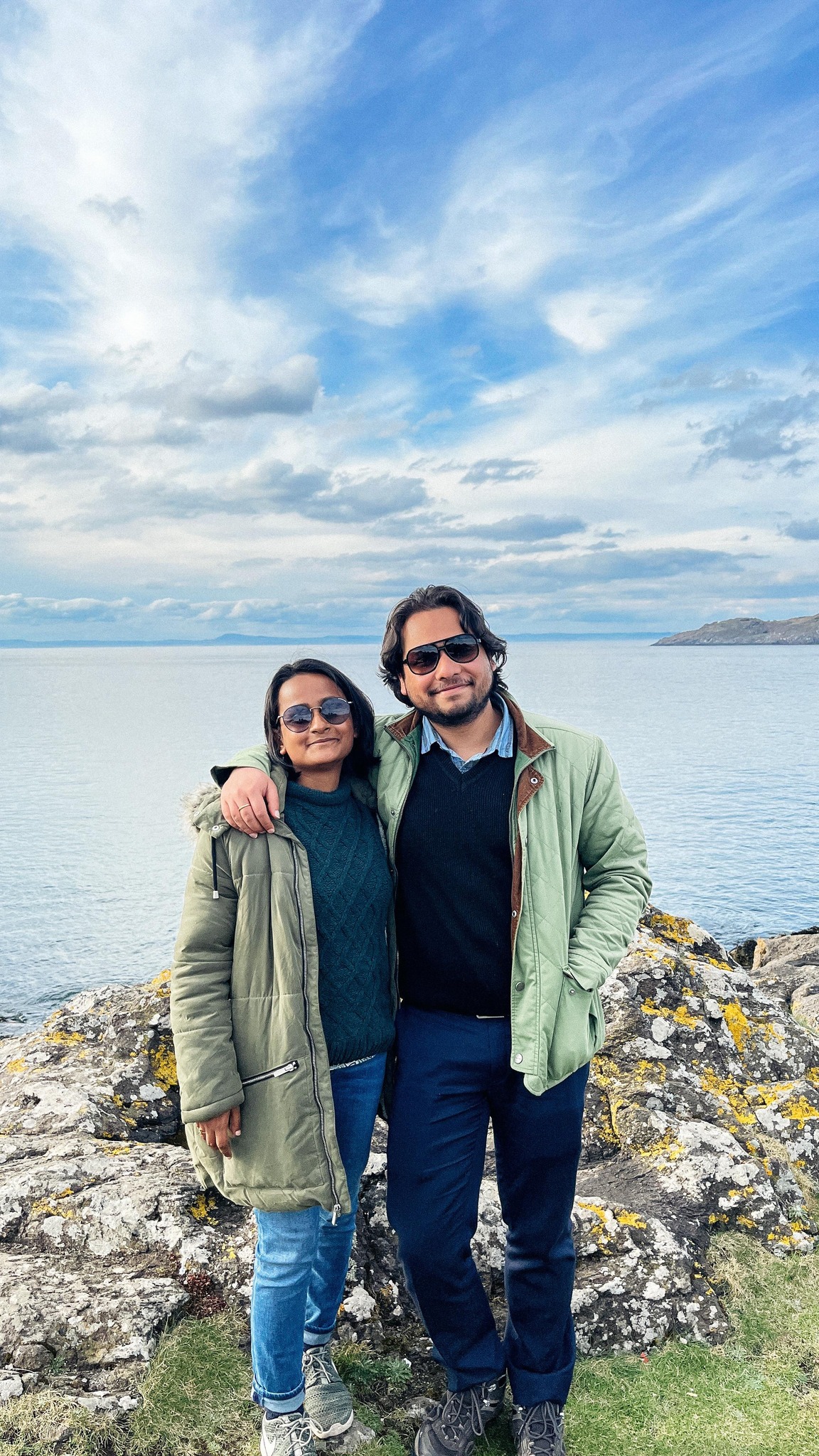

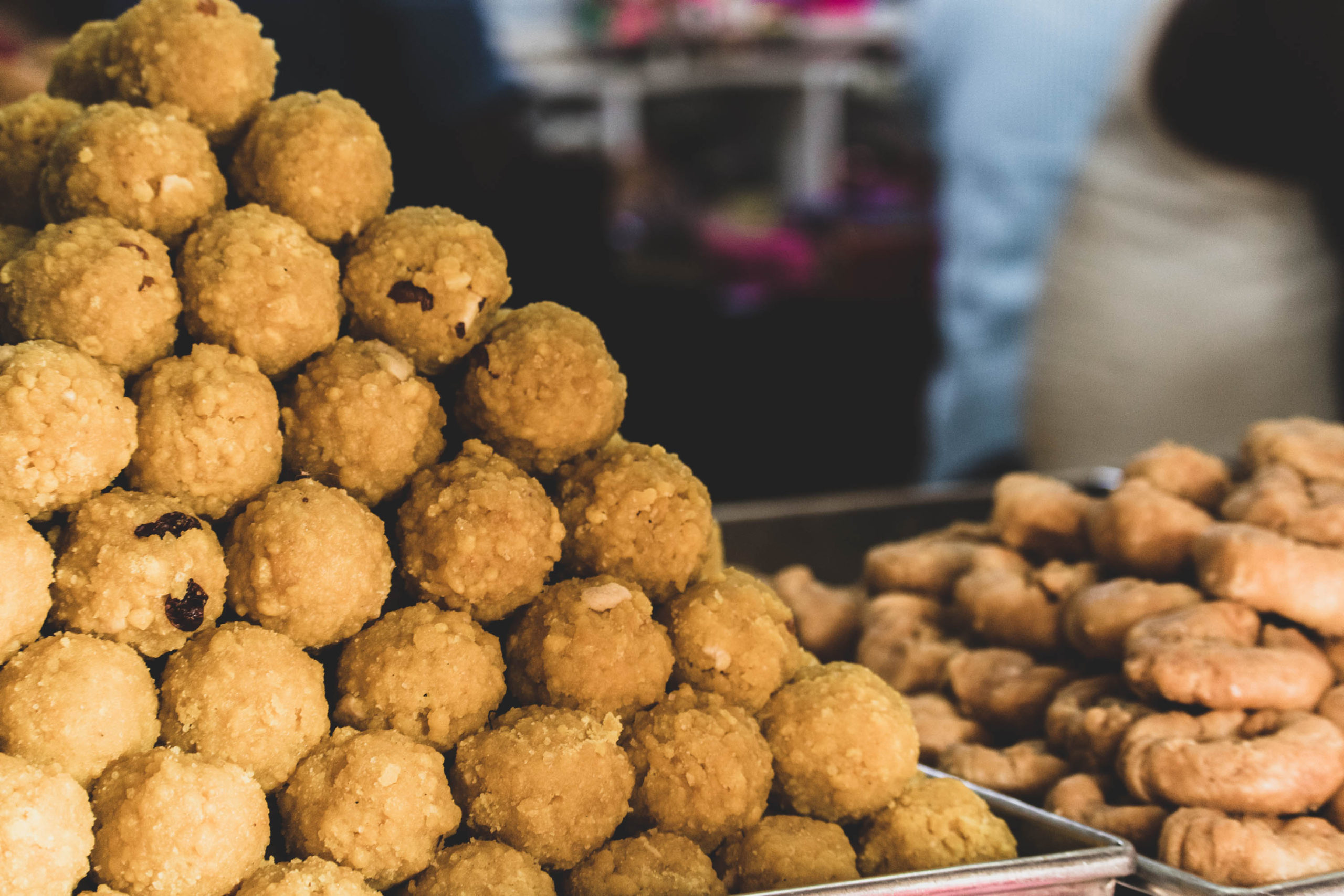
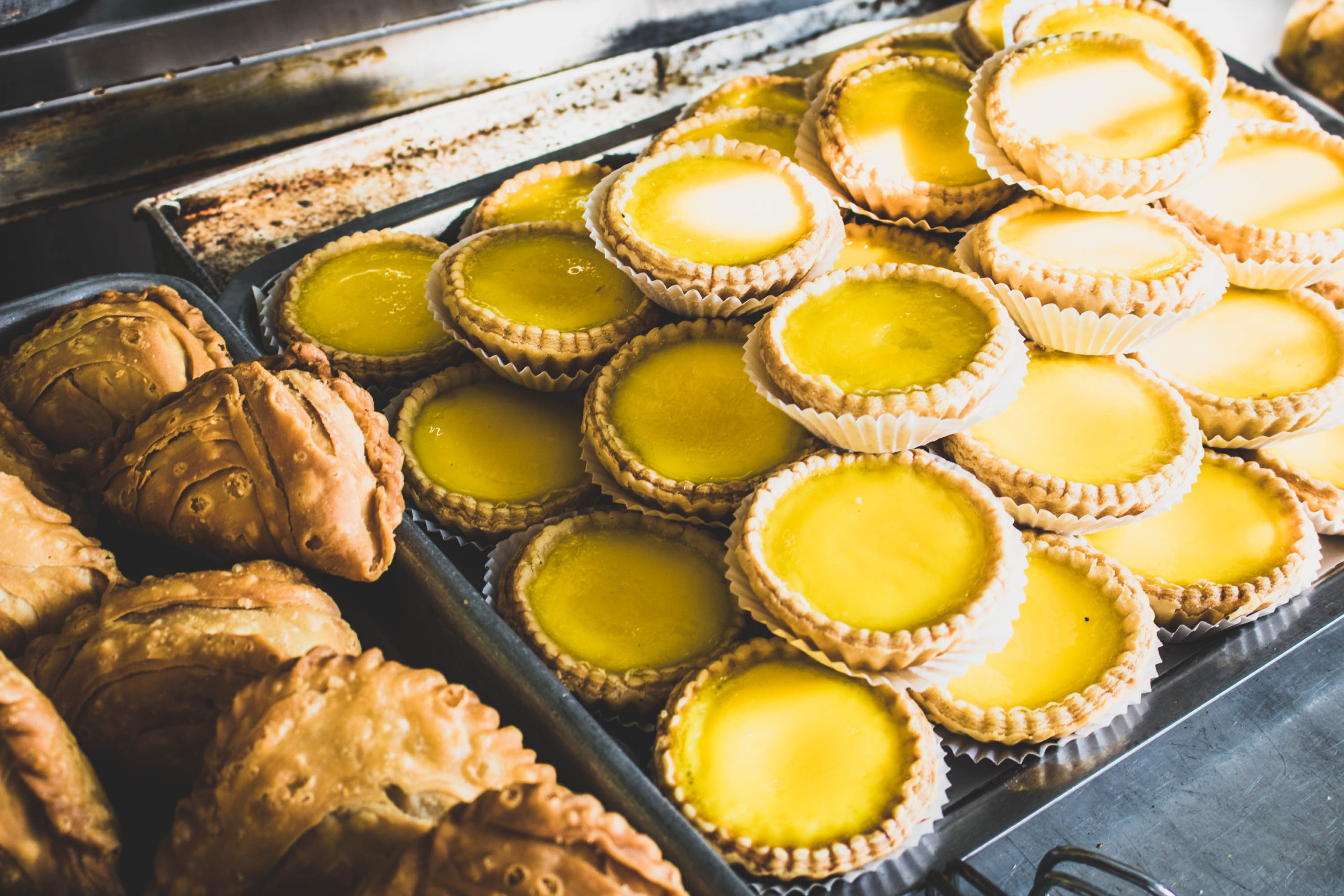

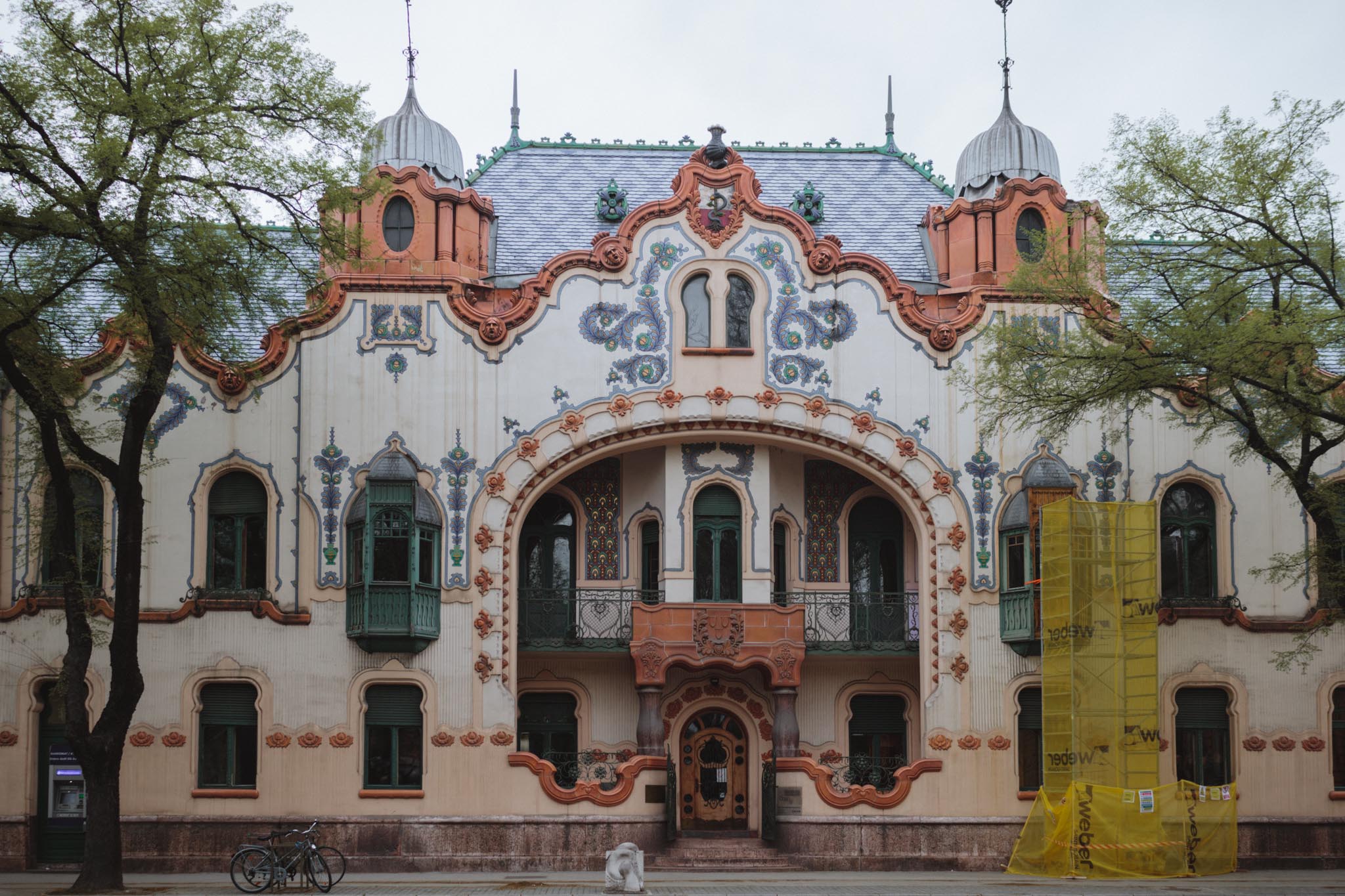

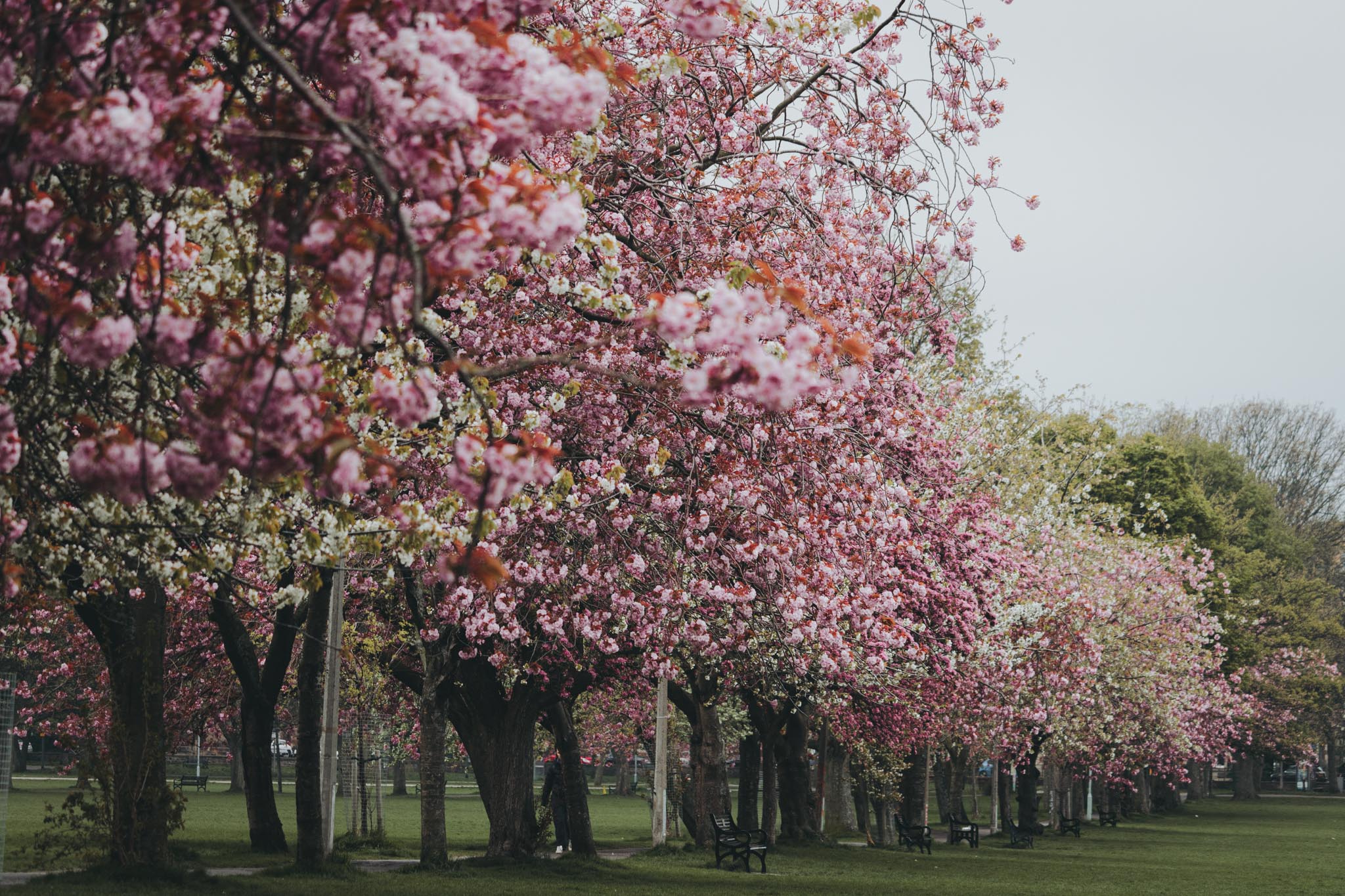


Leave a Reply